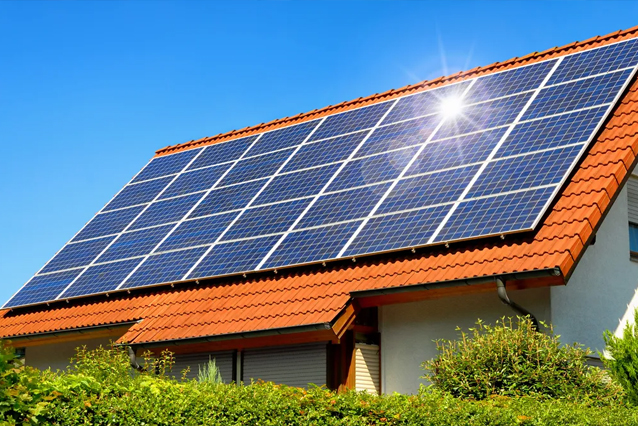How Seniors Can Access Low-Cost Solar Energy Solutions
Solar energy is increasingly becoming a viable option for many homeowners across the globe, including seniors who are looking to reduce both their energy bills and their environmental footprint. However, the initial cost of solar panel installation can be prohibitively expensive. This article aims to guide seniors and their families through the process of obtaining solar panels in the most cost-effective manner possible.

### **Understanding the Costs of Solar Panels**
The cost of solar panels has decreased significantly in the past decade. According to the Solar Energy Industries Association (SEIA), the cost of installing solar has dropped by more than 70% over the last ten years, making it more accessible to a broader range of people, including seniors. On average, the price before any incentives and rebates for an entire residential solar panel system can be between $15,000 and $25,000, according to EnergySage.
### **Government Incentives and Rebates**
A major way seniors can reduce the cost of solar panels is through governmental incentives. The federal solar investment tax credit (ITC) allows you to deduct 26% of the cost of installing a solar energy system from your federal taxes. This incentive will decrease to 22% in 2023 and is expected to expire by 2024 unless renewed by Congress.
Many states also offer additional tax credits, rebates, and solar renewable energy credits (SRECs) which can further reduce the cost. It’s crucial to check what your state offers in terms of these incentives. Websites like DSIRE (Database of State Incentives for Renewables & Efficiency) provide comprehensive information about state and local incentives available.
### **Solar Leasing and Power Purchase Agreements (PPAs)**
For seniors who might find the upfront cost of solar panels too high, solar leasing or entering into a Power Purchase Agreement (PPA) could be an excellent option. In a lease, you pay a fixed monthly fee for the solar panels, while in a PPA, you agree to purchase the power generated by the panels at a set per-kilowatt-hour rate. These options can significantly reduce or even eliminate the upfront costs of installation, and they often include maintenance, repairs, and system monitoring.
### **Choosing the Right Solar Panel Provider**
Selecting the right solar provider is crucial in getting a good deal. It’s important to get quotes from multiple providers and check their credibility. Look at customer reviews, the warranties offered (a good warranty is usually for 20-25 years), and the efficiency of the solar panels. Solar providers sometimes have special programs for seniors or discounts during certain times of the year.
### **Community Solar Projects**
Community solar is a collective option where multiple people share the benefits of a single, large solar power installation. This can be an ideal solution for seniors who may live in apartments or other housing where solar panels cannot be individually installed. Participants in community solar projects can either own a share of the project or subscribe to a set number of kilowatt hours. The electricity generated is credited to your bill at a typically lower rate than the grid’s price.
### **Energy Efficiency First**
Before installing solar panels, it’s also worthwhile for seniors to ensure their home is as energy-efficient as possible. This includes upgrading insulation, sealing leaks, and installing energy-efficient windows. Such improvements not only reduce the amount of solar power needed but also further lower energy bills.
### **Final Thoughts**
Solar energy presents a promising opportunity for seniors to save money and participate in a sustainable future. By taking advantage of government incentives, considering leasing or PPAs, engaging in community solar projects, and making homes more energy-efficient, solar energy can be both accessible and affordable.







Recent Comments